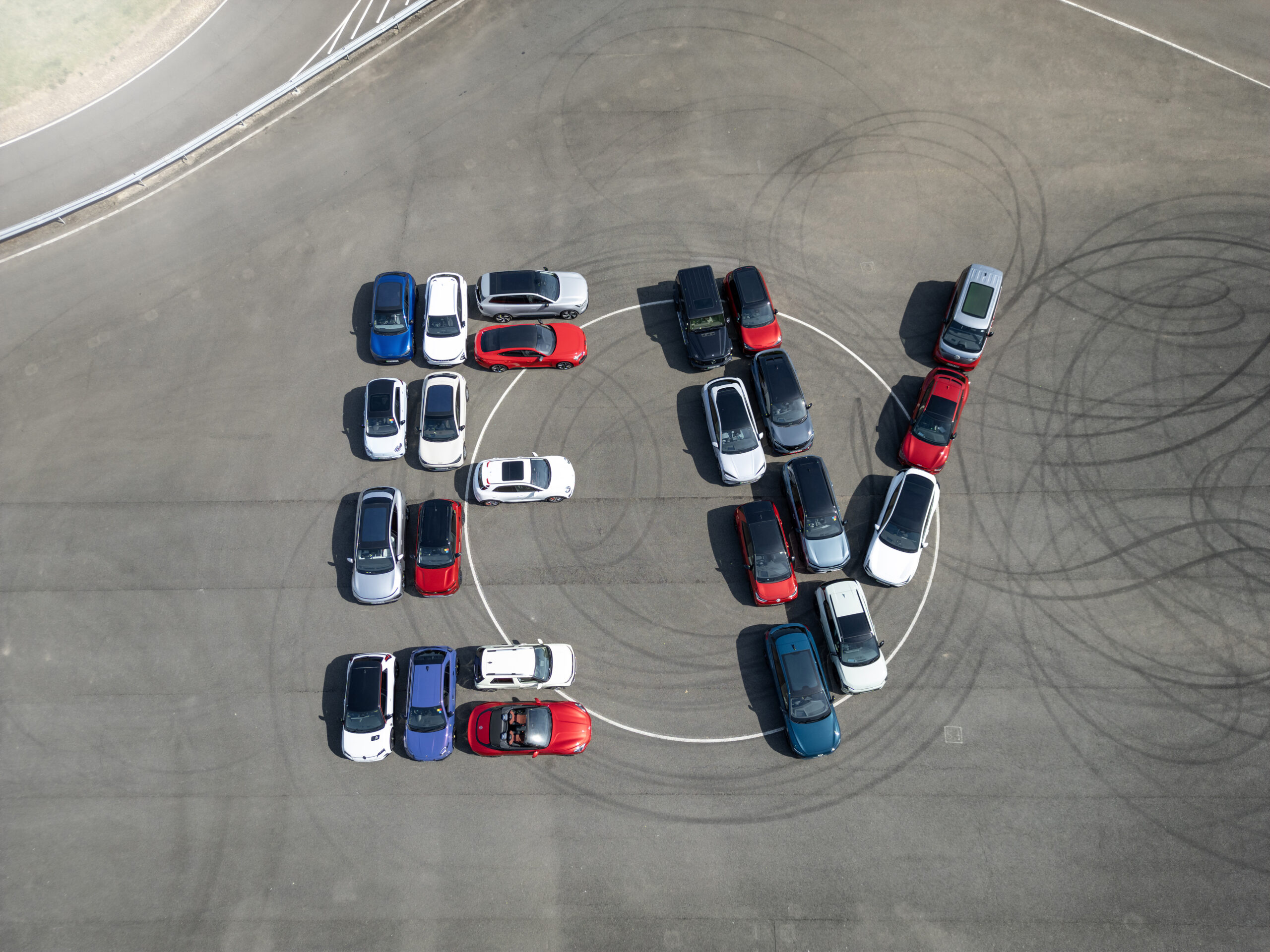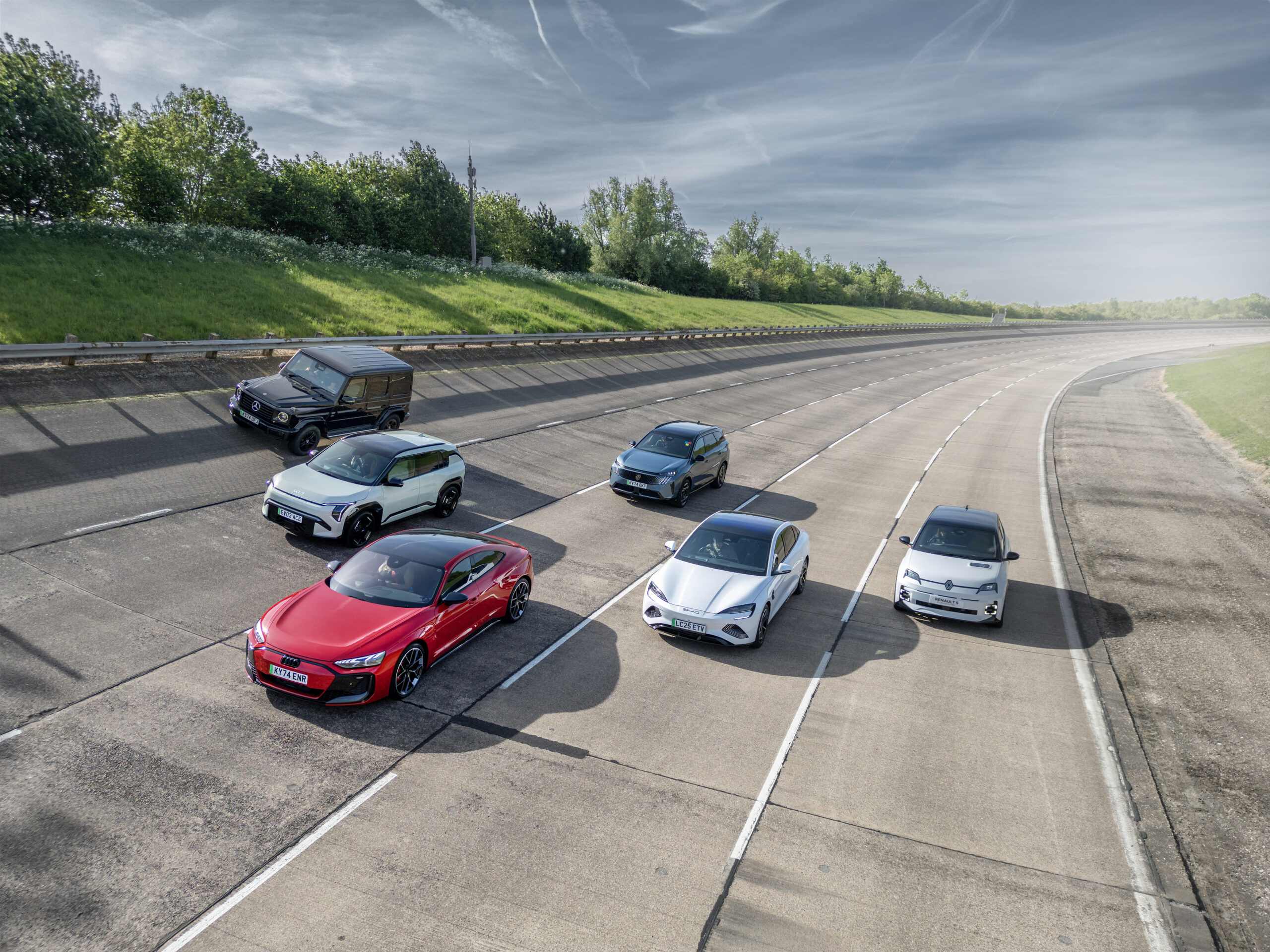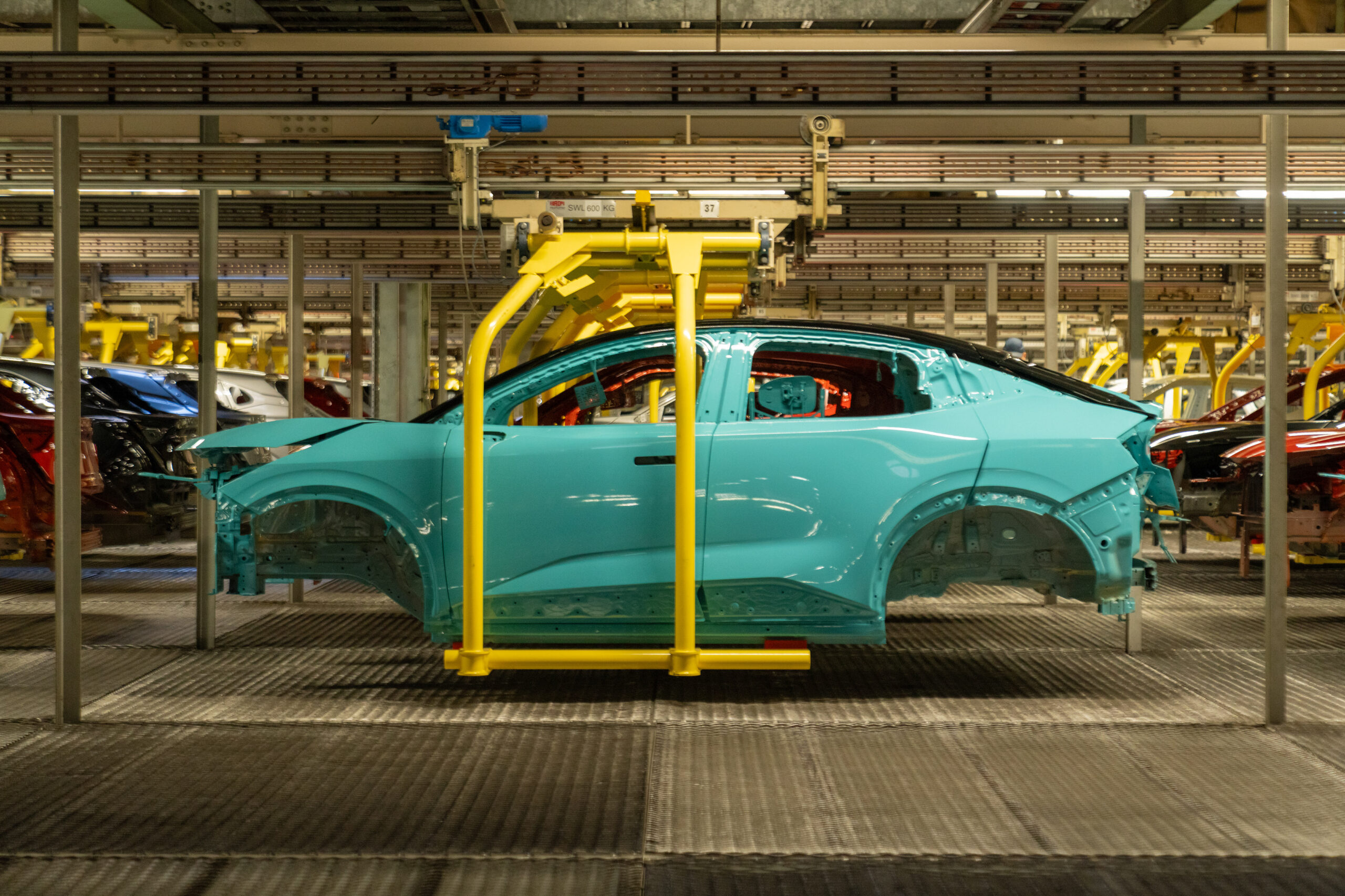
- UK drivers benefit from more electrified model choice than ever with four in five models available as battery electric, plug in hybrid or hybrid – and almost two in five completely zero emission.
- Average range of BEVs now almost 300 miles on a single charge, up from 235 last year, with PHEVs offering average 50 miles of zero emissions driving.
- SMMT calls for bold action to convince more drivers to switch, with investment in purchase incentives and infrastructure.

UK motorists are able to enjoy the best-ever choice of zero emission models, with two in five now available as battery electric, according to new analysis by the Society of Motor Manufacturers and Traders (SMMT). Thanks to massive, sustained investment by manufacturers, car buyers can choose from more than 130 BEVs, up from 102 last year, while there are also over 100 plug-in hybrids (PHEV) and nearly 50 hybrids (HEV), meaning four out of five cars models are available with electrified powertrains.1
Manufacturers are committed to delivering zero emission mobility for all, with the average BEV now capable of driving for almost 300 miles on a single charge, up from last year’s median of 235 miles, and the maximum range available in excess of 480 miles, the latter more than twice the average distance drivers travel in a week.2 Moreover, for those keen to cut their emissions but not quite ready to go fully electric, the average PHEV electric-only range is just under 50 miles, with some models able to offer as much as 88 miles of zero emission motoring, while the newest HEVs are able to travel in electric mode, and with zero emissions, at low speeds.2
Electrified models now make up 45% of UK new car sales and are available in every segment – from superminis to compact crossovers, luxury saloons and sportscars – and at all price points, with an increasing number of more compact, lower cost BEVs coming to market, driven by massive investment to meet customer demand. BEVs now hold a 20.4% share of the UK new car market, up from 16.9% a year ago, but despite this growth, natural market demand is still well below the mandated government target of 28% this year and so a package of measures is needed to boost uptake.
The industry has, therefore, called for a halving of VAT on new EV purchases, a move which would put 267,000 additional new EVs – rather than fossil fuel vehicles – on the road, driving down CO2 emissions by 6 million tonnes a year; scrapping, or amending, the VED Expensive Car Supplement; and equalising VAT paid on public charging to that levied at home.3
There’s never been a better time to go electric – with more choice, better vehicle range and improving infrastructure offering a compelling driving proposition. But the market still isn’t moving fast enough so bold support for consumer EV uptake – notably investment in incentives and infrastructure – is needed to accelerate decarbonisation efforts and make switching open to all drivers.
The news comes as SMMT hosts its 45th annual Test Day event at UTAC Millbrook, today, giving media the opportunity to try out many of the latest new car and van models on sale in the UK. Of all the vehicles on display, around two thirds will be electrified, with almost half these BEVs – a clear signal of how the automotive industry is committed to zero emission transport for all.
Notes to editors
- SMMT figures and analysis based on UK new car registration data – Jan-Apr 2025
- SMMT analysis. Average car miles travelled per year 7,000 according to MOT data 2023. Therefore 135 miles per week on average. Data from DFT
- In it together: why every sector wins with EV volume


